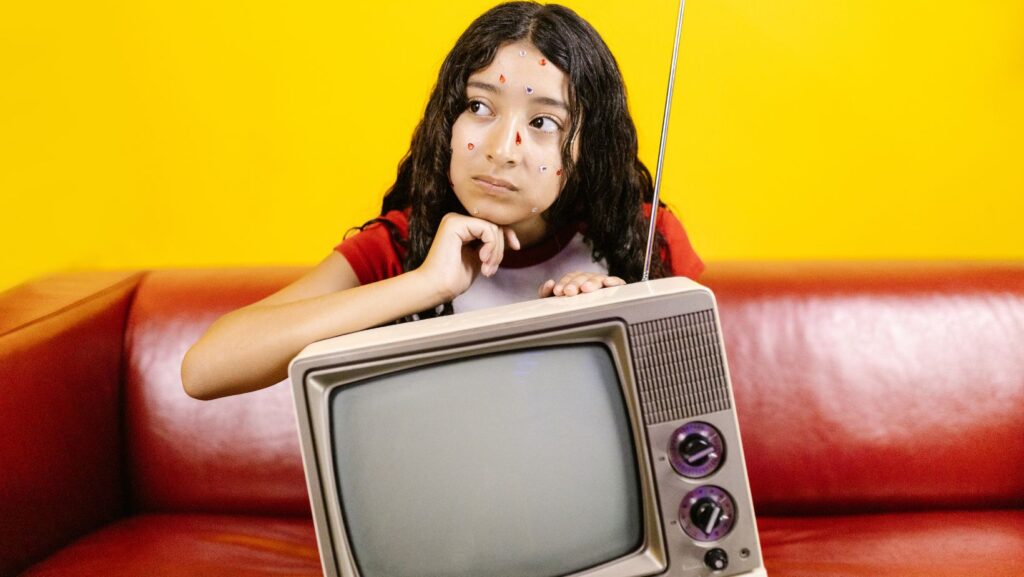In the world of gaming, there’s a unique charm that only retro games can offer. Whether it’s the nostalgia they invoke, the simplicity of their design, or the challenge they present, retro games have made a remarkable comeback. They’ve carved out a haven for themselves in the hearts of gamers, both old and new.
This article delves into the captivating realm of retro gaming. It explores why these pixelated treasures continue to thrive in a world dominated by high-definition graphics and complex gameplay. From arcade classics to console gems, we’ll journey back in time to revisit the roots of our gaming culture.
The Appeal of Retro Gaming
The charm of retro gaming lies in its timelessness. The classics remain relevant, regardless of modern gaming’s technical advancements. This appeal comes from three key factors: nostalgia, simplicity, and challenge.

- The Nostalgia Factor: Retro games often summon fond memories. Memories of childhood, bonding over a shared screen, or marathon gaming sessions contribute to the nostalgia. Games like “Super Mario Bros,” “Pac-Man,” or “Space Invaders” facilitate a heartwarming trip down memory lane.
- Embrace Simplicity: Modern games dazzle with realistic graphics and intricate storylines. Yet, retro games manage to captivate with 8-bit graphics and straightforward gameplay. Examples include “Pong” and “Tetris”. The beauty lies in their simplicity and the raw gaming experience they offer.
- Challenging Gameplay: Don’t mistake simplicity for ease. Some retro games are devilishly challenging. The high difficulty level, like in the game “Contra,” becomes addictive. It’s a compelling combination of strategy and speed, testing gamers’ skill and grit.
In short, the appeal of retro gaming extends beyond the games. It’s about capturing experiences that today’s high-resolution world sometimes forgets. There lies the allure of gaming’s bygone era.
Retro Gaming Haven
A true retro gaming haven consists primarily of classic gaming consoles. From the iconic Atari 2600 and Nintendo Entertainment System (NES) to the Sega Genesis, these gaming systems hark back to an earlier era. Not only do they offer authentic gameplay, but they also exemplify the unmistakable aesthetics of their respective generations.

Often overlooked, a selection of must-have games forms the second core component. Essential games such as the action-packed “Super Mario Bros,” the nerve-wracking “Pac-Man,” part maddening, part addictive “Tetris,” and the challenging “Contra,” infuse unforgettable memories into a gaming haven.
An impressive retro game collection merits a fitting display, marking the third key component. Custom shelving or cabinetry showcases the gaming systems and physical game cartridges, making it quick and easy for enthusiasts to find their favorite titles.
Lastly, surrounding oneself with nostalgic gaming memorabilia, like vintage posters and action figures, rounds off a gaming haven. They trigger memories of exciting gameplay moments from the past, further enhancing the retro ambiance.
Designing Your Retro Gaming Space
Designing a retro gaming space plays into deep affection for nostalgia, simplicity, and challenges. Classic gaming consoles, such as the Atari 2600 and NES, act as obligatory cornerstones. It’s crucial to have a selection of iconic games, favourites including classics like “Super Mario Bros,” “Pac-Man,” or “Space Invaders.” Aggregating a well-displayed collection in the room enhances the overall vintage vibe, with the addition of various memorabilia enhancing this effect.

Acquiring the right furniture enhances this gaming haven. Gamers commonly choose comfortable seating, retro coffee tables, and sturdy TV stands that even hearken back to previous decades, with wood panelling and chrome accents. Capacities for superior cable management provide the finishing touches to assure the gaming area is tidy and inviting.
Lighting in a retro gaming room is of usual importance. Gamers often favour dimgable ambient light to recreate that old-school arcade atmosphere. Additionally, LED lights deliver a touch of modernity to the vintage-inspired place. However, the most crucial aspect of designing a retro gaming room is comfort – a space that not only evokes nostalgia but also where one can enjoy hours of immersive gameplay.


